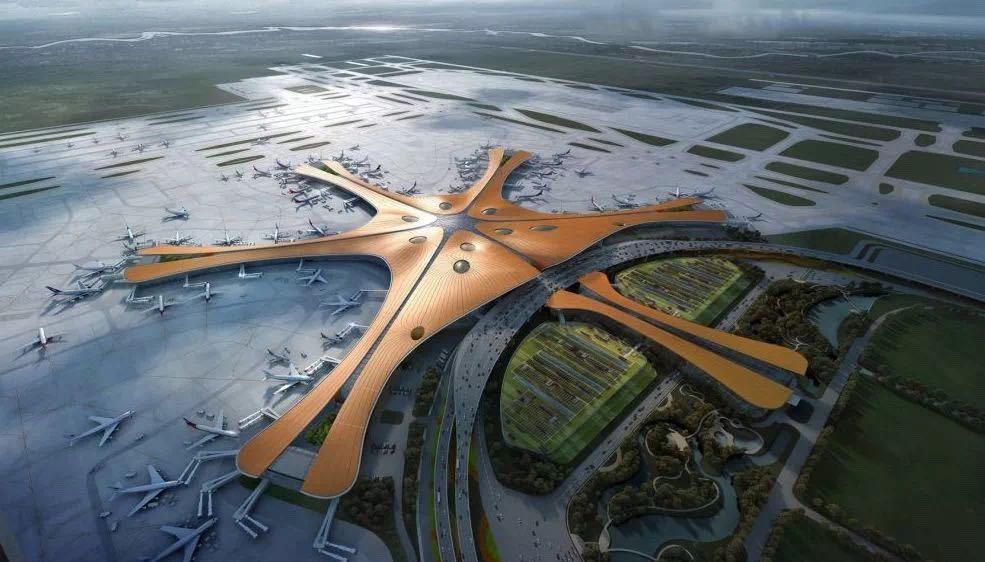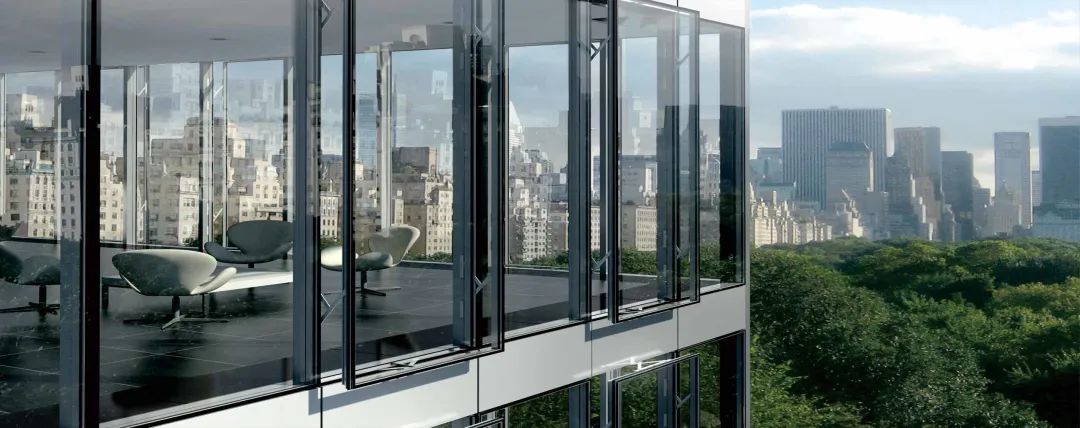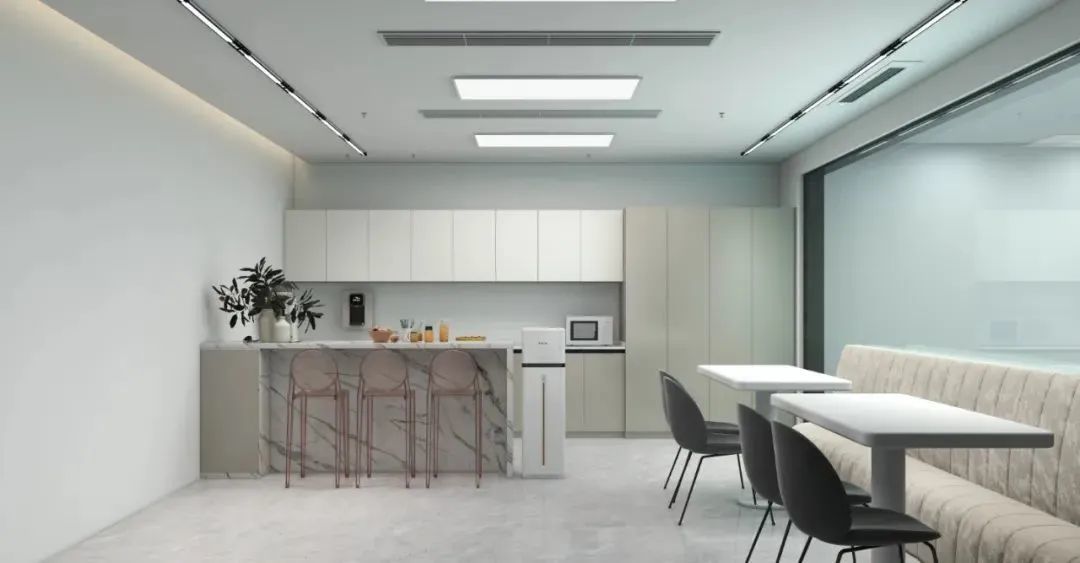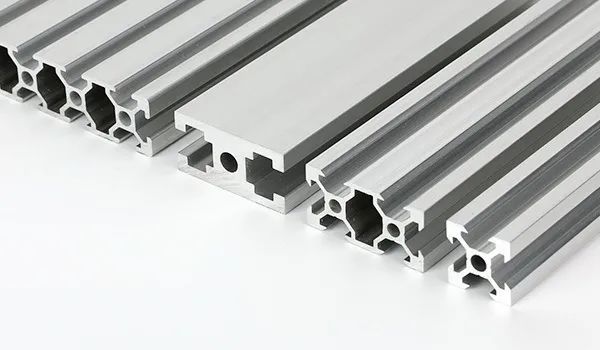Kermit Share | Causes and Solutions of Aluminum Bubbles
Release time:
2022-01-17
As one of the main varieties of aluminum processing materials, aluminum profiles have one-time extrusion molding and high physical properties, unique decoration, good processability, excellent sound insulation performance and recyclability,
1. foreword
aluminum profile as one of the main varieties of aluminum processing materials, with one extrusion molding and high physical properties, unique decoration, good processability, excellent sound insulation performance and recyclability, combined with the use of heat insulation strip heat insulation adhesive to make up for its high thermal conductivity caused by poor insulation defects, is currently the preferred material for domestic door and window production, with the rapid development of the real estate market in the past few years, the demand for doors and windows products is also increasing, and the production of aluminum profiles with quality and quantity has become increasingly important.
Aluminum Rod Extruding the substrate through the extrusion process is an important process in the production of aluminum profiles, and in the process of substrate extrusion, the profile often has the defect of bubbles, bubbles become the top three reasons for the substrate scrap, reducing the yield and increasing the production cost. Therefore, it is particularly important to analyze the causes of bubbles and find solutions to reduce bubbles in the extrusion process.
2. Bubble Cause Analysis and Corresponding Solutions The direct cause of
extruder model also affects the exhaust process of the pier roughness to a certain extent. Since the aluminum rod is put into the extrusion cylinder before the extrusion rod enters the extrusion cylinder for pier thickening, the aluminum rod is not at the center of the extrusion cylinder, but at the lower point of the extrusion cylinder. When the pier is thick, the filling of the aluminum rod is uneven up and down, while the front loading long-range extruder is that the aluminum rod is fixed on the die and then the extrusion cylinder is sleeved forward on the aluminum rod, and the center of the aluminum rod is basically located on the extrusion cylinder, the rough exhaust of the pier will be more uniform, which also reduces the generation of bubbles to a certain extent.
3. The use of joint rods
The use of joint rods is also a major cause of bubbles. In daily production, the use of the joint rod is inevitable. Among the two small rods of the joint rod, the last aluminum rod of the previous long rod cannot be returned to the furnace because the rod is too long and short, so the temperature is relatively low. This aluminum rod with lower temperature generally enters the extrusion cylinder as the head end of the rod, which makes the overall rod temperature of the joint rod show a gradient of lower front and higher back, the exhaust direction is the most unsatisfactory state, and there is inevitably a gap between the two short rods, which is easy to retain air, which further aggravates the frequency of bubbles in the output profile of the joint rod.
Therefore, in daily production, the key to solving the joint rod lies in changing the sequence of the joint rod and increasing the number of manual exhaust. The last section of the last long rod is used as the rod tail of the short rod, so that the temperature gradient of the joint rod is high before and low after, the exhaust direction is changed, and the number of manual exhaust is increased, so that the bubble generation of the joint rod can be reduced to the greatest extent.
4. The residual process of shearing after the completion of extrusion
After the completion of extrusion, the extrusion rod retreat and the residual process of shearing are also a major way for air to mix in. When the short rod extrusion is completed and the main cylinder retreats, the extrusion pad is easy to adhere to the residual pressure, causing the residual aluminum in the mold to be taken out when the extrusion rod retreats, resulting in a gap between the residual aluminum in the mold and the mold, mixed with air, so that the air will appear on the rod head of the long rod in the form of bubbles during the next extrusion. Therefore, in the daily production process, it is necessary to supplement the separating agent to the extrusion rod in time according to the aluminum pulling situation after the extrusion rod is withdrawn. It should be noted here that many enterprises apply oil to the extrusion pad to separate the residual pressure from the extrusion rod. This method will pollute the inner wall of the extrusion cylinder and aggravate the shrinkage of the profile. When producing profiles with requirements for low-magnification organization, attention should be paid to the number of times of applying oil to the extrusion pad and the minimum amount of uniform application of oil.
As the service time of the equipment becomes longer, the pressure surplus scissors will also be worn and poorly matched. The gap between the scissors and the end face of the mold will become larger and the scissors will be worn. In this way, the scissors will give an outward pulling force to the aluminum in the mold during the cutting and pressing surplus, resulting in a gap between the residual aluminum in the mold and the mold and air entering, in this way, these gases appear in the form of bubbles at the head end of the profile when the rod is extruded. The best solution to this situation lies in timely maintenance of the scissors of the equipment, timely adjustment of the fit between the scissors and the end face of the die, so as to ensure that the residual aluminum in the die is not brought out during the shearing process and prevent gas from entering.
5. Mold design
Mold design is also a major cause of bubbles. In the design of the split die, if the split hole is too large or the angle of the inner wall of the split hole is too large, the residual aluminum in the split hole is easy to be taken out during shear pressure. Due to the cross-section of the flat die, a flow-guiding pit is generally designed to balance the flow rate of each part of the cross-section. The residual aluminum in the flow-guiding pit may be pulled out during shearing and pressing to mix with air. Even sometimes the shearing and pressing residue will pull off the metal in the flow-guiding pit and form pits on the end face of the die. In this way, many small bubbles will appear intermittently on the extruded whole profile, lead to the scrap of the whole long material. Therefore, in the mold design, the size of the shunt hole should be reasonably designed, the appropriate tilt of the shunt hole should be adopted, and the guide pit should be designed with a certain negative angle, so that the residual aluminum in the mold is not easy to be taken out when shearing and pressing the residual, so as to solve this type of bubble.
Three Conclusion
Aluminum profile bubbles seriously affect the appearance and organizational continuity of the profile, and the production process, equipment, operation and mold may cause bubbles. A variety of methods should be adopted to comprehensively solve the problem of air entry, such as reasonable mold design, regular maintenance of equipment scissors and other equipment that affect the flatness of the end face of the aluminum rod; Gradient heating of the aluminum rod, using appropriate separating agent to separate the residual pressure of the mold; Only by standardizing the use of joint rods can the generation of aluminum bubbles be truly contained at the source of production. The control of the bubble defect of the profile is more a test of the comprehensive management ability of the enterprise, which is the embodiment of the comprehensive management level of an enterprise.
Contact Information
Customer Service Tel: +86-539-7177878
Mailbox: kemet@sdkemet.com
Zip Code: 273400
Address: Linyi City, Shandong Province
Copyright©2023 Kemet New Materials Technology Co., Ltd. All Rights Reserved





